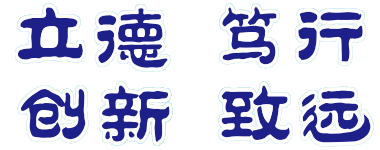[论文]白煌、李秀梅等人.Unit-norm tight frame-based sparse representation with application to speech inpainting
Unit-norm tight frame-based sparse representation with application to speech inpainting
作者:
Bai, H (Bai, Huang) [1] ; Hong, CR (Hong, Chuanrong) [2] ; Li, S (Li, Sheng) [3] ; Zhang, YD (Zhang, Yimin D.) [4] ; Li, XM (Li, Xiumei) [1]
查看 Web of Science ResearcherID 和 ORCID (由 Clarivate 提供) DIGITAL SIGNAL PROCESSING
卷123
文献号103426
DOI10.1016/j.dsp.2022.103426
出版时间APR 30 2022
已索引2022-05-07
文献类型Article
摘要
This paper deals with the unit-norm tight frames (UNTFs) that better represent and solve sparse representation problems. Under this sparse representation framework, a novel model termed tight dictionary learning (TDL) is proposed. Unlike those dictionaries that only focus on the signals of interest, TDL intends to learn a more comprehensive dictionary that better represents the signals with the UNTF properties to facilitate sparse recovery. To better describe the physical meanings, the normalization constraints on the dictionary columns are imposed. A gradient-based approach is developed to obtain the tight dictionary where the normalization constraints are embedded into the cost function by a parametrization method. The learned tight dictionary is applied to the speech inpainting problem to restore speech signals corrupted by data missing. In order to compensate the degradation effect of the data missing, a UNTF-based preconditioning technique is developed to reform the frame properties of the degraded system. Parametrization and gradient-based approaches similar to those applied in the TDL are adopted to design a tight preconditioner. Extensive experiments on speech denoising and speech segment restoration are conducted to demonstrate the superiority of the proposed schemes. (C) 2022 Elsevier Inc. All rights reserved.


